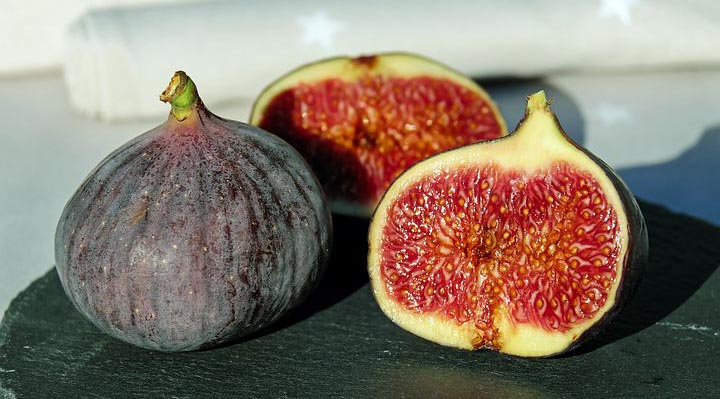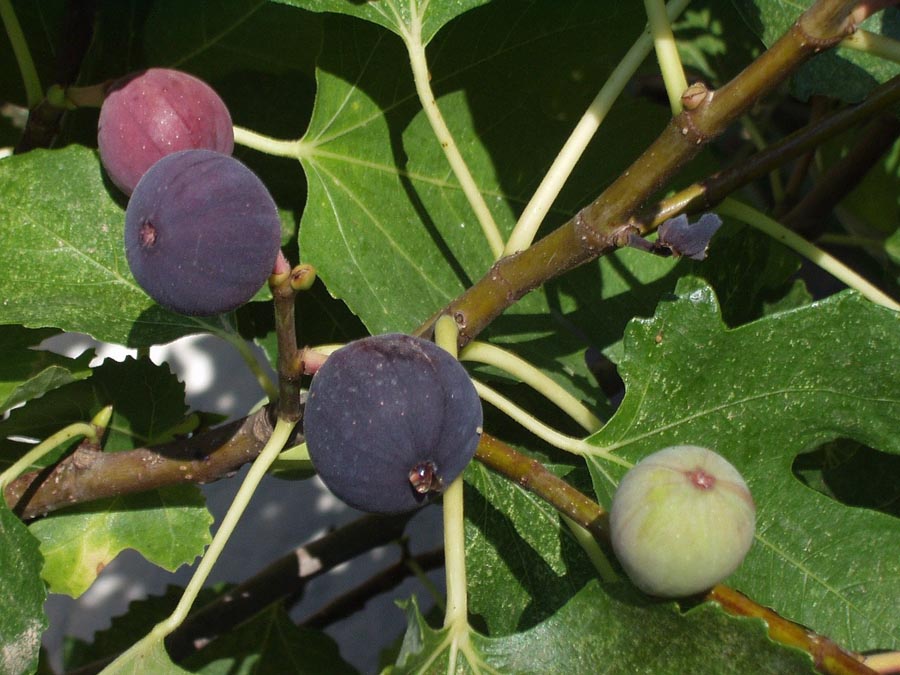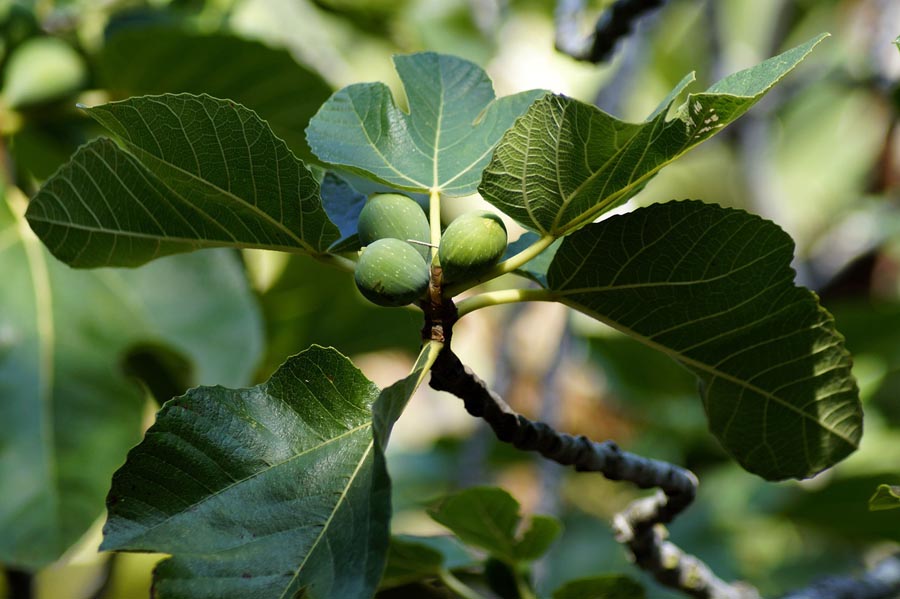
Damaged and dead branches of trees should be pruned, that’s gardening 101. However, when it comes to fig trees, there is actually a deeper reason for pruning. It actually makes fig trees produce sweeter fruits.
So let’s find out how to prune fig trees.
All About Fig Trees
Before we talk about the process of pruning fig trees, let’s first discuss the subject. The fig is a popular fruit used in a variety of cookies and sweet dishes.
It can be eaten fresh, too.
Here are some facts:
Fig is grown around the world because of its fruit and also because it’s a beautiful ornamental plant.
It is native to the Mediterranean and western Asia.
Further
It is a deciduous tree with smooth white bark. It grows large leaves, too.
The fruit is shaped like a teardrop. The young fruit is green, which then ripens to purplish brown. The flesh is reddish and it contains a number of crunchy seeds.
What else?
The sap can cause irritation to a person’s skin.
However, most of the fig trees are actually very beneficial.
For example
As mentioned, you can eat the fruit fresh from the tree. Or you can also dry it.
Actually, fig fruits do not transport well. That’s why they are mostly dried and processed before they are sent into production.
Figs can be processed into jams or rolls, biscuits, pies, and other sweet treats.

What nutrition do you get?
The fruit is 79% water, 19% carbohydrates, and 1% protein. When you dry it out or dehydrate the fruit, it becomes 64% carbohydrates, 3% protein, and 1% fat.
Figs also have the following vitamins and minerals:
- Calcium
- Iron
- Manganese
- Potassium
- Vitamin K
Moreover
The figs are also used in medicine. The fruit can ease constipation and diarrhea, while the leaves can help treat diabetes and high cholesterol.
The irritant milky sap can also be used to remove warts and soften calluses.
News flash!
Fig trees are also really beautiful. It can provide great shade as it could grow from 10 to 20 feet tall. The leaves can also grow to 10 inches in size.
As the tree ages, the bark looks really gorgeous. It looks gnarled and just really interesting.
There are some flowers, too, which bloom in the spring.
Enough about that
Let’s move on to the importance of pruning fig trees.
Why You Should Prune Fig Trees
Generally, you prune plants because you want to remove dead branches and such.
It’s particularly important when the plants have a disease. You want to remove the infected parts so that it won’t spread out.
But more than that
Regularly pruning your fig tree will help it produce much sweeter fruits.
Pruning allows the plant’s hormones and sugar to travel easily through the branches and finally to the fruits when they are pruned at appropriate times.
When do you prune fig trees?
For the initial pruning, there are two schools of thoughts:
- Immediately after transplant.
- Wait until the end of the first dormant season.
Let’s discuss
When you prune immediately after transplanting the tree, you are allowing it to start its growth spurt immediately. You are basically training it early, which allows a more concentrated form.
By the end of the first growing season, you already have an established and strong tree.
The downside, though, is that if your tree is weak, then you will be shocking it with the pruning. It will grow weaker with early pruning.
So
If you are sure about your source of the tree and you know that it’s strong enough to handle some pruning and trimming, then you should definitely do that.
On the other hand
If you are not sure about the source of the tree, it’s better to not risk it. Just wait for the first dormant season of the fig tree.
That’s actually the general rule of pruning a fig tree–you do it during its dormant season.
Why?
Fig trees “bleed” when they are cut. This means that the sap will leak. As you know, the sap is an irritant.
But that’s not all. A bleeding cut on a tree is just like an open wound on a human. That opening could be infected.
When it comes to the fig
Diseases could go through that opening. That’s why it’s important that you prune at the proper time.
It’s different when they are still young as they won’t bleed so much. That’s why it’s okay to prune immediately after transplant–granting that you have a healthy and strong plant.
It’s easy!
You will know when fig trees are in a dormant state because the leaves will start falling.
This usually happens over the winter.

How to Prune Fig Trees
You will need a pair of pruning shears to do this, obviously.
Now, when it comes to pruning fig trees, the schedule is very important. So, these steps are based on the schedule of pruning.
1. First pruning
We mentioned earlier that timing is very important when it comes to pruning. So, for the first pruning, you can do it immediately after transplant.
But if you want to stick to pruning during dormancy, then your first pruning will be during the first winter.
Check this out:
During the first pruning, you need to trim the fig tree by half. A large part of the wood should be cut as part of the training-pruning.
By doing this, you will be compelling the tree to focus on establishing strong roots. This is also the reason why you want to prune immediately after transplant, so the tree could develop strong roots as soon as possible.
Other than that
Pruning the tree by half would also encourage it to grow its branches horizontally. That would allow the tree to be bushier.
2. Second pruning
By the next dormant season, you should continue your “training” of the tree. This is also the pruning for fruiting.
What does this mean?
At this point, you need to choose six–more or less–branches as the ones to bear fruits. These branches should be strong new wood.
As for the rest, you should prune them away.
What’s the purpose of this?
You are basically restricting the height of the tree. But at the same time, you are encouraging the growth of the chosen “fruiting wood” by cutting away the others.

The branches should be spread out so that they won’t bump into each other during development and so that the fruits will not be constricted in one area.
The thing is
If the branches are too close to each other, they will not be able to grow thickly. As a result, they may split under the harsh weather.
3. Third and succeeding pruning jobs
By the third dormant season, the tree should already be established. So, you will now be doing maintenance pruning, which will continue throughout the lifetime of your fig tree.
Do your pruning every winter but do so after the coldest time of the season has already passed.
You see
Pruning during winter will prevent the tree from being shocked. You don’t want to damage the tree.
Also, during winter or time of dormancy, the majority of the leaves should have fallen out. This would make it easier for you to see the branches.
Important reminders:
During the maintenance pruning, make sure you cut off the new branches, especially those sprouting from the base of the tree known as suckers, since you don’t want them to compete with your fruiting wood for nutrition and other resources.
Also, you have to cut dead or dying branches, as well as diseased wood. That’s basic! That’s the most basic reason for pruning.
You also have to prune away branches that are not from the fruiting wood so that fruit production will be focused on the chosen branches.
There’s more!
The secondary branches should also be trimmed down. These are the branches that veer off the main fruiting wood.
You don’t have to cut them off, you just need to remove those that are growing too close to the fruiting wood. Branches that intertwine with the fruiting wood should obviously be cut.
By the way
Just because we consider the fruiting wood really important doesn’t mean we should just let it go. The main branches should also be trimmed.
It is actually preferred that you cut the fruiting wood to just a quarter or a third of its current height.
This is important
You want to keep the tree size compact so that the nutrients and other resources will be more concentrated on the tree.
This will ensure fruits that are larger and sweeter.
Speaking of fruits
When autumn comes and you see large fruits that remain green and show no sign of ripening, you should remove them.
The thing is, fig trees bear fruit during summer. If you see fruits that have not matured by autumn, they are unlikely to become ripe at all.
If you don’t remove them, they will just steal resources from other parts of the tree that need it more.

Summary
Pruning is important to trees–all trees. With fig trees, though, pruning is more than just cutting dead branches and removing diseased wood.
Fig trees need to be pruned in order to make the tree more compact and so nutrients and resources will be concentrated. By doing that, the fruits are stronger, larger, and sweeter.
Knowing how to prune fig trees is crucial. You should know the right scheduling to prune as well as what parts of the tree you should remove.
Useful Resources
- Fig Tree Care Guide – Gardening Know How
- How to Grow Fresh Figs Right in Your Backyard – Good Housekeeping
- Fig – WebMD

